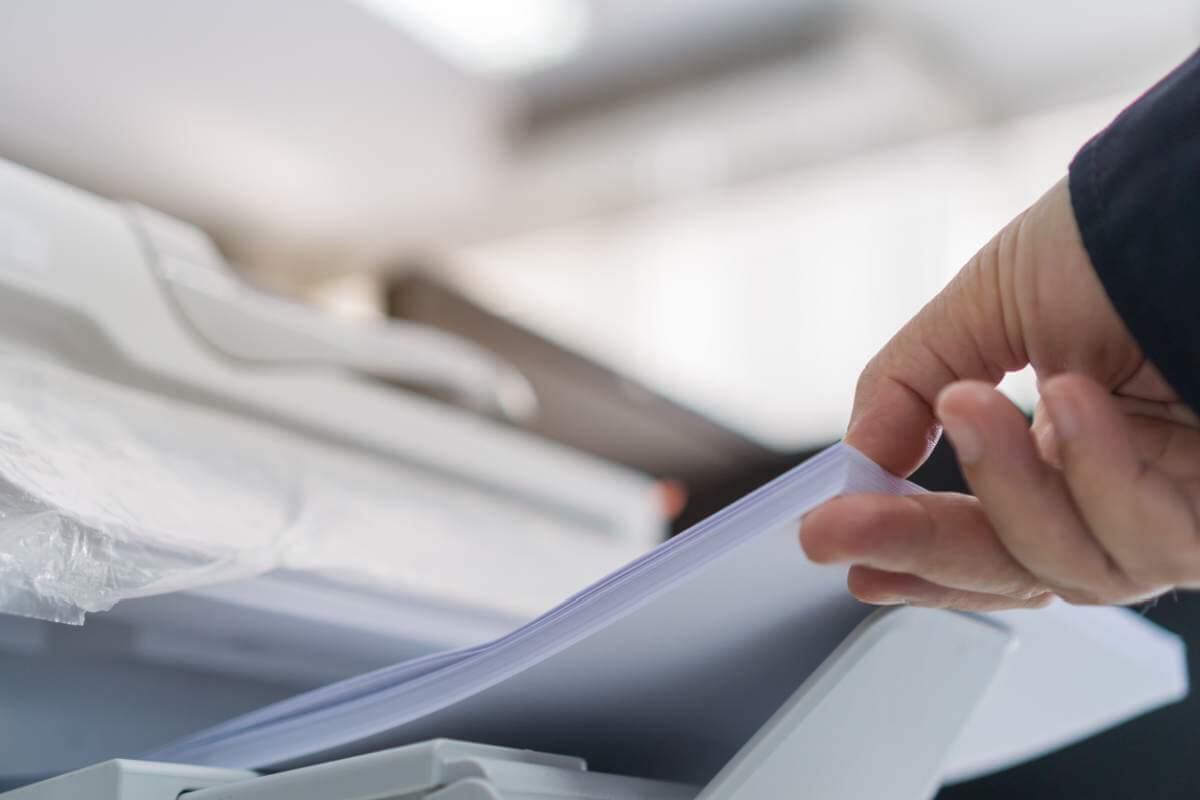
What is the best photocopier for business use?
If you're looking for the best digital copiers of 2021, then you've come to the right place, as on this page we've ranked the best photocopiers money can buy.
There are plenty of reasons why you'd want the best digital copier your budget will allow. Modern offices will find plenty of reasons to use a fast and dependable photocopier. On this page, we'll list the best standalone digital copiers, as well as affordable and convenient multifunction printers (MFPs), which combine printing and scanning functionality in one device and slash the cost of producing printouts using inkjet or laser technologies.
In the past, MFPS had a bit of a bad reputation as a 'jack of all trades', but they have made significant improvements both in terms of quality, value for money and onboard features.
From usage tracking to improve security, auto duplex, mobile and wireless printing or digital touchscreen display, there's now a flurry of options available on the market, for the occasional printout and mailing all the way to digital agencies.
As a staple of most small businesses and offices around the country, multifunction copiers (MFC) have helped companies send, receive, print and duplicate documents for decades. Since these machines take up important real estate in your office, it's important to consider not just its size and weight. Still, how proficient the copier is at its job when it comes to print speeds, copy and print resolutions, and overall usability. After considering products from 10 of the world's top MFC manufacturers, we compared each device's functionality, price and ease of use to determine our best picks.
What to consider when buying a photocopier?
Below are five points to consider when putting together your checklist.
1. Can the photocopier your business is considering handle the capacity needed?
Photocopiers in the shape of multifunction printer come in all shapes and sizes. Many are aimed at the domestic market. Look closely at the stated capacity and match this to your business' workload.
2. How important is the quality of scanning and printing?
Many of the latest photocopiers using advanced print technologies that were, up until a short time ago, only found in high-end printers. If possible, look at samples of print and scanned output before making your choice. Many vendors now offer the option of sending samples by post.
3. Is fax capability needed?
Fax is far from a dead communications medium, with many large businesses still needing it. Look at the fax capability of the MFP, which today is likely to use the cloud as well as a direct dial to another fax machine.
4. Will your company need to manage sensitive information?
Access to the features of a photocopier should be controlled with PINs or passwords. Also, ensure that the MFP only prints the required copies to ensure data security. And think about whether the USB port should be disabled to mitigate any risk.
5. Does your business require remote printing?
With the rise of BYOD (Bring Your Own Device), printing from mobile devices is fast and efficient. Look closely at the apps that will use the photocopier to ensure these connect securely. An MFP can be a cost-effective asset that a business can build its workflow around.
With digital copiers now coming with a number of configurations, it's critical to assess your business' needs and match them to the right one.
Other Things to Consider
As with every product, educating yourself on the topic and knowing what to look out for saves money and makes sure that you get something that suits your needs best. It's the same with photocopy machines, and the only difference is that you'll be choosing what's best for your office and business.
There are several things to look out for, some are more important than the others, but generally, we'll mention the five that usually have the highest priority. Since other people will use the machine, it's also a good idea to check if the photocopy machine is easy and straightforward to operate with controls that everyone can understand easily.
Also, check out the size as well because depending on your office, the photocopy machine could be too big. At any rate, here's what you should look out for.
Speed
One of the essential things, copy speed, determines how fast the photocopy machine will finish copying a page. It's "measured" by pages per minute, and generally, mid-range photocopiers for small businesses have a copy speed of around 30 pages per minute.
Naturally, the higher, the better, but if you don't have that many people that will use the machine, you might save some money by picking a slower copying machine.
Volume
Copy or print volume is something you should take special attention to since this is entirely dependent on your office space and workforce. You see, photocopy machines are designed around how many pages can they print per month, before toner changes and the like.
So, it's essential to know how much use the machine will have in a month, and according to that number, you should pick a device that can process that much.
Scanner abilities
Different machines have different scanner features, so it's a good idea to check what abilities the scanner has. For instance, if the photocopier has a network capability, it can scan directly to your desktop. As mentioned, scanner features vary, so check out what those are to see if they are relevant to you, as some can really improve your workforce.

Features and functions
Modern photocopy machines come with various functions besides the actual photocopying. They can fax, print, copy, scan, and can even have network capability, which speeds up the workforce productivity.
These are actually more basic features and are practically an integral part of the majority of photocopy machines, but it's still a good idea to check what they have.
Price
As small businesses can't afford to spend too much, the cost of a photocopy machine might be the most crucial part when purchasing. Still, there are decent photocopiers you can buy that are affordable, and it will depend on your business needs, but the truth is, it all comes down to your budget so plan accordingly.
What is the price of a digital copier?
The cost of acquiring a printer can be dwarfed by the cost of purchasing the consumables - the toner or ink, but also the paper, the drum, transfer/fuser kit - and the value of the warranty plans or after-sale services. And because you are likely to have one copier embedded within a group in an office or in a business, downtime can prove costly and counterproductive.
Enlisting the help of a managed print service provider (MPS) can simplify the technicalities associated with operating a copier, especially in bigger businesses, as they take care of the lifecycle of the printer including its disposal at the end of life. Like a car lease, you will usually not own the printer after the lease ends (up to five years) and can generally pay a fixed fee for the printer plus an agreed cost per page.
Best Business Photocopy Machines
Pantum P2502W
A very cheap but quality printer, the Pantum P2502W might be the first choice if budget is the main issue. Costing less than $100, this printer has a sleek and compact design, allowing you to fit it anywhere in the office space.
Its printing speed is 22 ppm (pages per minute) with a recommended printing volume of 700 pages per month. The paper capacity is 150 sheets.
USB 2.0 and Wi-Fi connectivity are available, and wireless is effortless to set up so you can do mobile device printing and what's more, there is support for Google Cloud Print. The printing quality is fine, but there is no colour or duplex printing.
Not surprising considering the price, but if those are an absolute must for you and your small business, you should look at some of our other choices.
Brother HLL2390DW Monochrome
A best-seller on Amazon, the HLL2390DW model from Brother is an excellent choice for small businesses that just started and can't afford to spend too much. It's very affordable, and it even has scanned and copy capabilities.
The downside is that it can't print in colour, so if that is a dealbreaker, take a look at other printers in our review. That being said, this device has some excellent features and can print or scan directly from mobile devices, due to it being wireless-capable.
The print speed is 32 ppm, and the print volume is 1200 pages per month (standard yield cartridge) or 3000 pages per month (high yield cartridge). Its paper capacity is 250 sheets.
The device can do duplex printing and can also save on toner cost due to "Toner Save Mode". All in all, a pretty good machine for the money which can satisfy the needs of a lot of small businesses.
Canon Color LBP622Cdw
Canon LBP622Cdw is a budget-friendly printer that does its task pretty well. It has a print speed of up to 22 ppm and a volume of max 2500 pages per month. With this printer, you can create a Wi-Fi hotspot from the printer so you can establish a direct connection to mobile devices.
This is very convenient and will remove the requirement of needing an external router. There are also some security features, like the ability to mitigate the risk of personal information loss as documents are only stored in short term memory.
This printer has a paper capacity of 250 sheets in the standard paper tray, and the device is intended to be used for a small team of 5 people. Another useful feature of this device is that it is very compact, so it's an excellent choice for small office spaces.

Lexmark B3340dw
An awesome budget-choice, Lexmark B3340dw is a speedy monochrome laser printer that can fit almost anywhere due to its very compact build. It has a printing speed of 40 pages per minute with a print volume of 3000 pages per month. The printer is network capable, and you can easily print from mobile devices using Wi-Fi.
Ethernet and USB connectivity are also available. Apart from being compact, the device is built to last with its very durable and long-life imaging components.
The printing quality is excellent, and the printer has two-sided printing, and there is an optional 550-sheet paper tray as well. As for security, Lexmarx's full-spectrum protection helps protect your network and proprietary information.
When you consider the cost, this printer offers some charming printing capabilities and is ideal for small businesses that only need printing with no colour.
Xerox Phaser 6510/DN Color Printer
Xerox Phaser 6510, should be an affordable choice for most small businesses, and it has some excellent features as well. It has a speed of up to 30 ppm and a recommended monthly print volume of 3000 pages.
With this machine, users can print emails, photos, and documents from various mobile devices, due to support for Apple AirPrint, Google Cloud Print, Xerox Print Service Plug-in, and Mopria.
This photocopier is equipped with some excellent security features, including IPsec, SNMPv3, IP Filtering, and Secure Print, so you can keep your sensitive documents safe.
The machine has a print resolution of up to 1200 x 2400 dpi, and its paper capacity is a minimum of 300 sheets and a maximum of 850 sheets. A nice bonus feature is an optional second paper tray that lets you load an extra 550 sheets at one time for extended interruption-free printing.
Brother HL-L3290CDW
Brother MFC8510DN Monochrome Printer offers flexible connectivity. It is excellent in performance as it has a print resolution of 1200 x 1200 dots per inch, and scan resolution is 1200 x 1200 DPI while the copy resolution is 1200 x 600 DPI. It has a speed of 38ppm for print and 38cpm for a copy.
With the high yield toner cartridge, you can reduce the per-page cost. It also allows you to send and receives faxes in a user-friendly manner. This Brother printer has a capacity to carry 300 sheets at a time and 35 pages in the automatic document feeder.
Canon Color imageCLASS MF644Cdw
Canon's MF644Cdw model is an all-around machine that's capable of everything. You can print, copy, scan, and fax, ensuring excellent convenience.
There's also a 5-inch colour touchscreen with smartphone-like usability, as well as the ability to create a Direct Wi-Fi hotspot from the printer, which is used to establish a direct connection to mobile devices removing the need for an external router.
The speed is 22 ppm, and the print volume is up to 2500 pages per month. This machine has a paper capacity of 250 sheets, is duplex capable, and can print multiple pages onto one sheet. The size is pretty standard so it should fit comfortably in most workspaces, just make sure you measure correctly so it can do in the workspace.
Brother HL-L8360CDW
The HLL8360CDW from Brother has some high-quality colour printing capabilities, with the resolution of up to 2400 x 600 dpi. It's got a printing speed of 33 pages per minute and a recommended printing volume of 4000 pages per month.
It's equipped with a 2.7-inch colour touchscreen for ease of use, and you can use either ethernet or Wi-Fi for network capabilities and printing. Speaking of network capabilities, this printer can cloud print, meaning it can print directly from Dropbox, Google Drive, OneDrive, and other similar services.
The printer has some useful security features too. For example, an integrated NFC card reader for easy badge authentication, and active directory support for network user authentication. This helps protect against unauthorized device access and can restrict printing on a per-user or group basis if needed. An automatic duplex printing is there as well.
HP M428fdn LaserJet Pro
A good quality laser printer, the M428fdw from HP is an excellent pick for those a bit more demanding small businesses. Apart from printing (no colour), you can also copy, scan and fax with this machine, and in pretty good quality too.
The print speed is up to 40 pages per minute, and the recommended print volume is 4000 pages per month. The printer also has a 50-sheet auto document feeder, a paper capacity of 250 sheets and an automatic two-sided printing.
One of the highlights of this printer is its security. There is a good number of security-related features, including instant threat notifications and optional PIN/pull printing.
These will help protect your laser printer from being an entry point for attacks and help ensure the safety of your sensitive data. A problem for some might be that the printer doesn't have wireless capabilities, and its only connectivity is through ethernet.
HP M479fdw Color LaserJet Pro
HP's M479fdw printer model is a multifunction device that is capable of producing high-quality printing, copying, scanning, and faxing. It has a reliable printing speed of 28 ppm and a recommended printing volume of 4000 pages per month. 2-sided printing is also available, and there is a 50 sheet auto document feeder.
The printing capacity is 250 sheets. A built-in Wi-Fi Direct is there as well, enabling you to connect the mobile devices to the printer for easy mobile printing, even without a local network connection.
An exciting feature is the ability to automate all the steps in a complicated workflow and apply your saved settings at the touch of a button via the customizable touchscreen control panel.
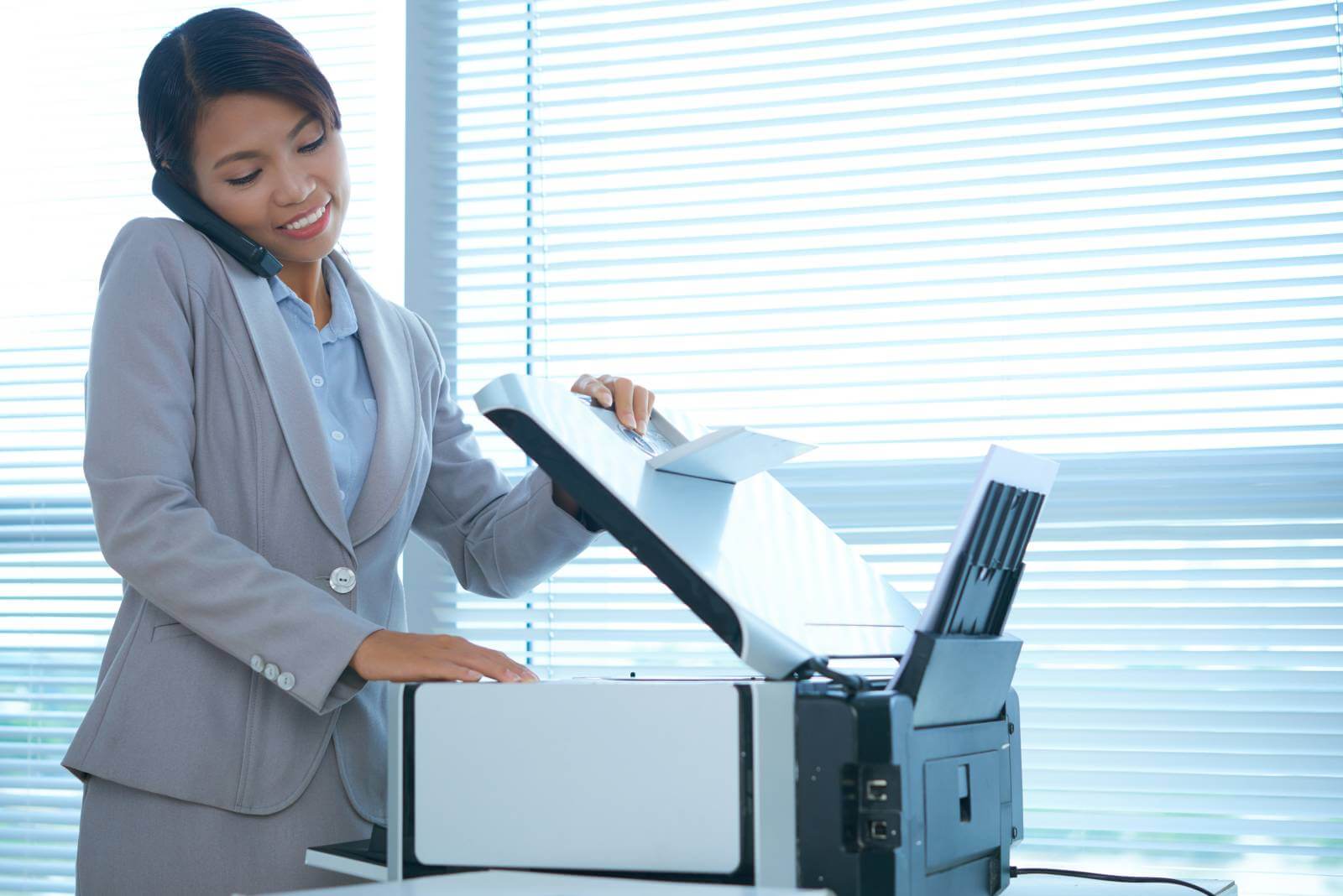
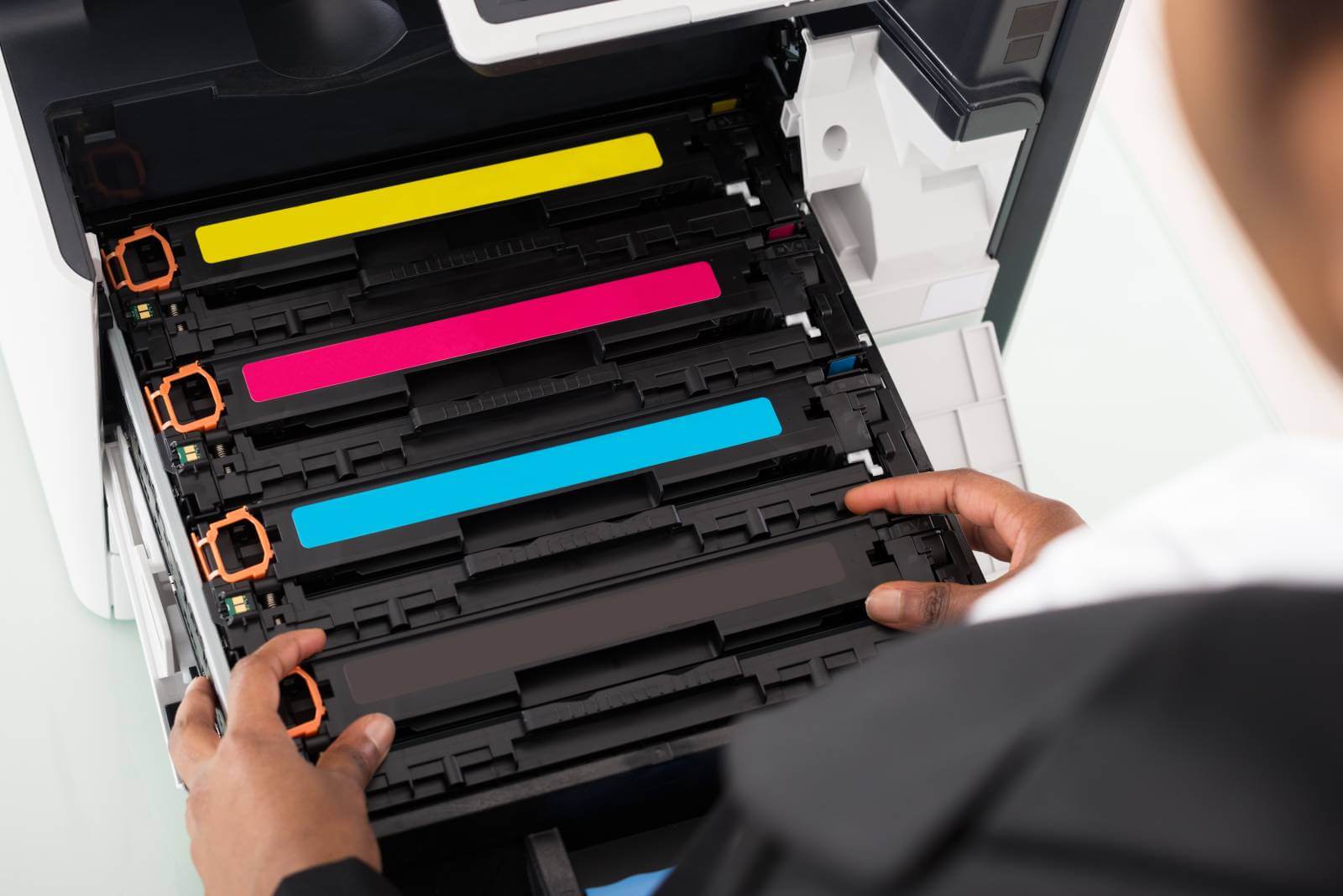
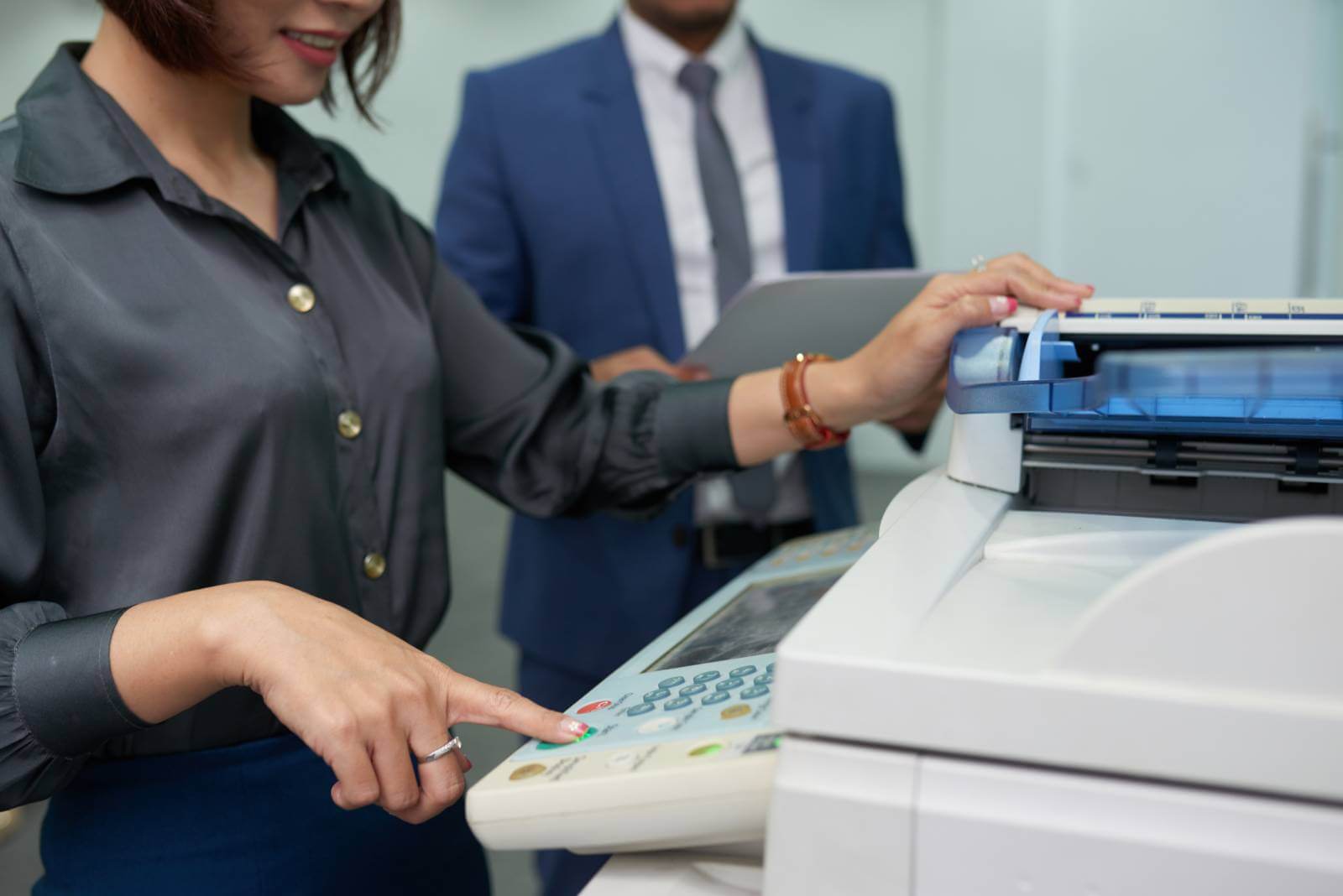

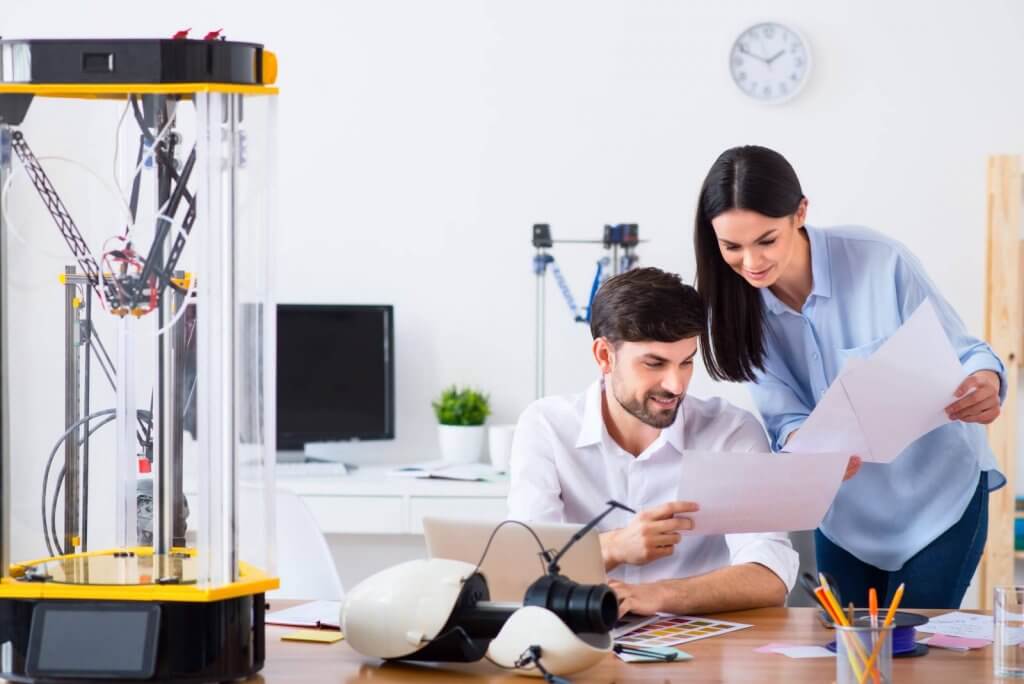
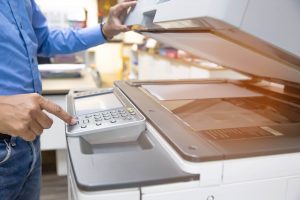

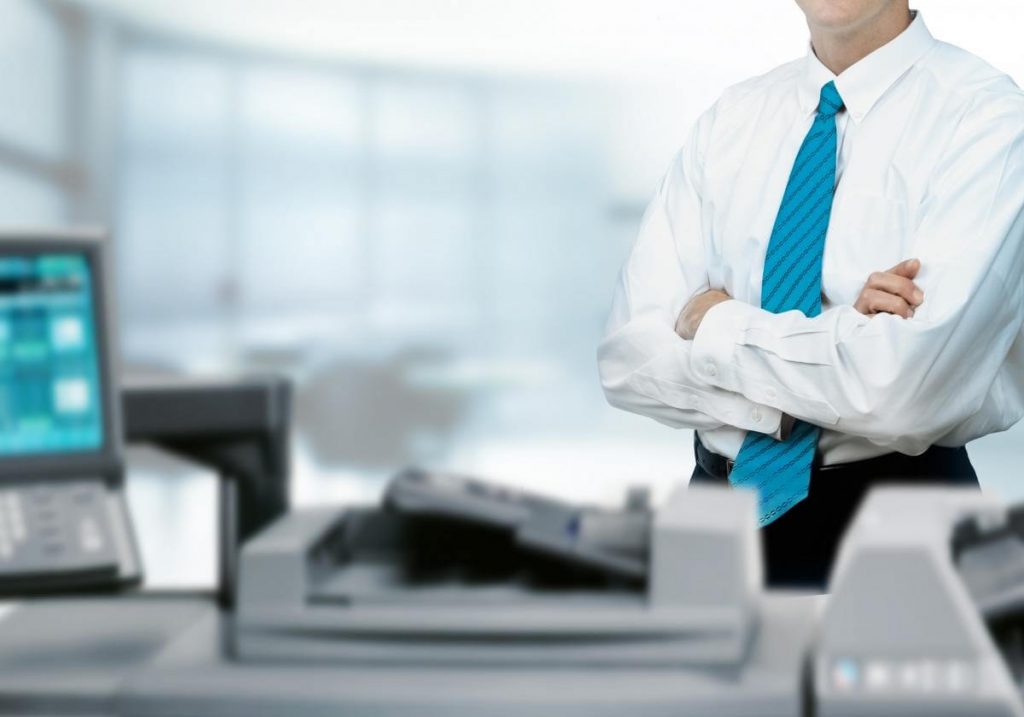

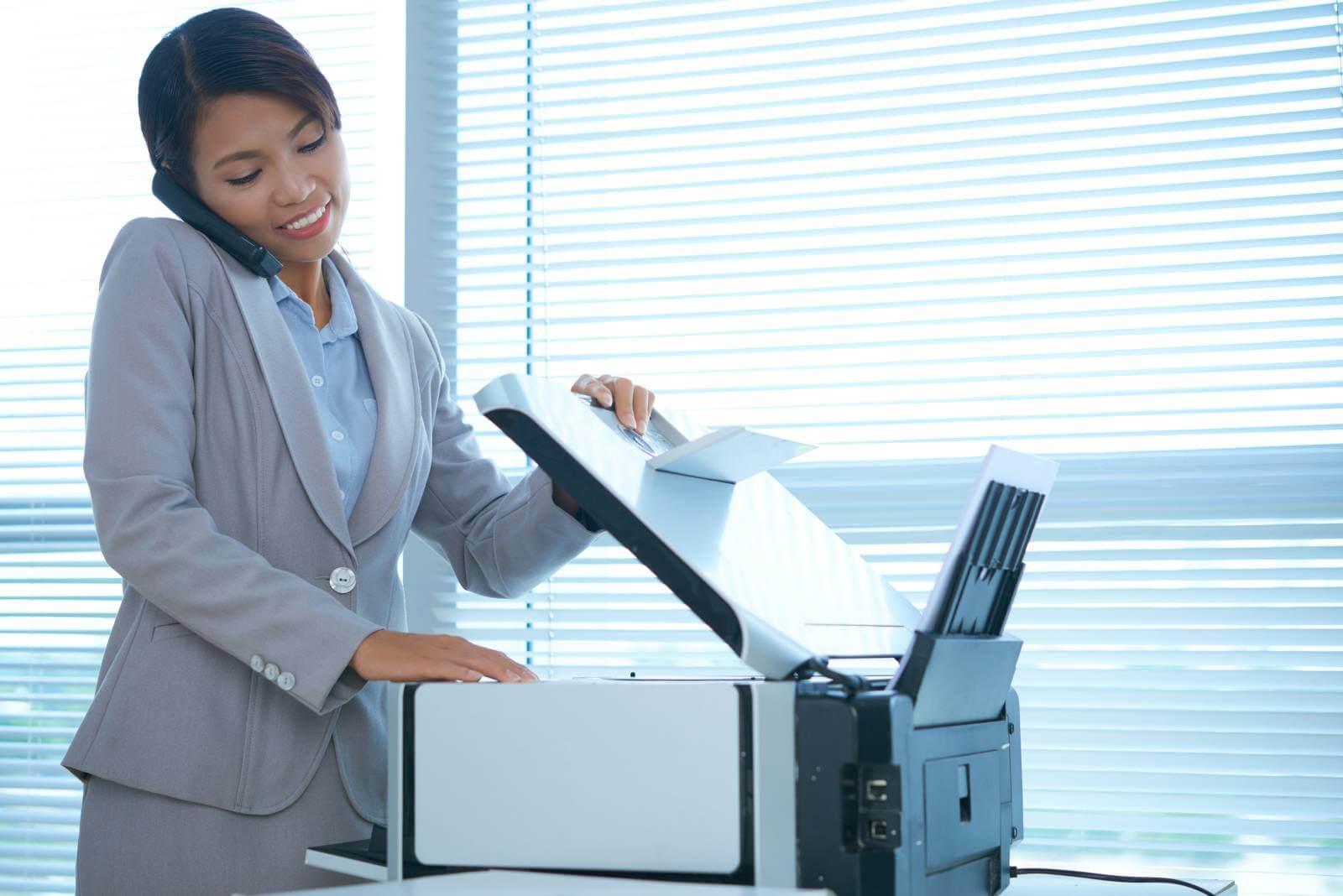

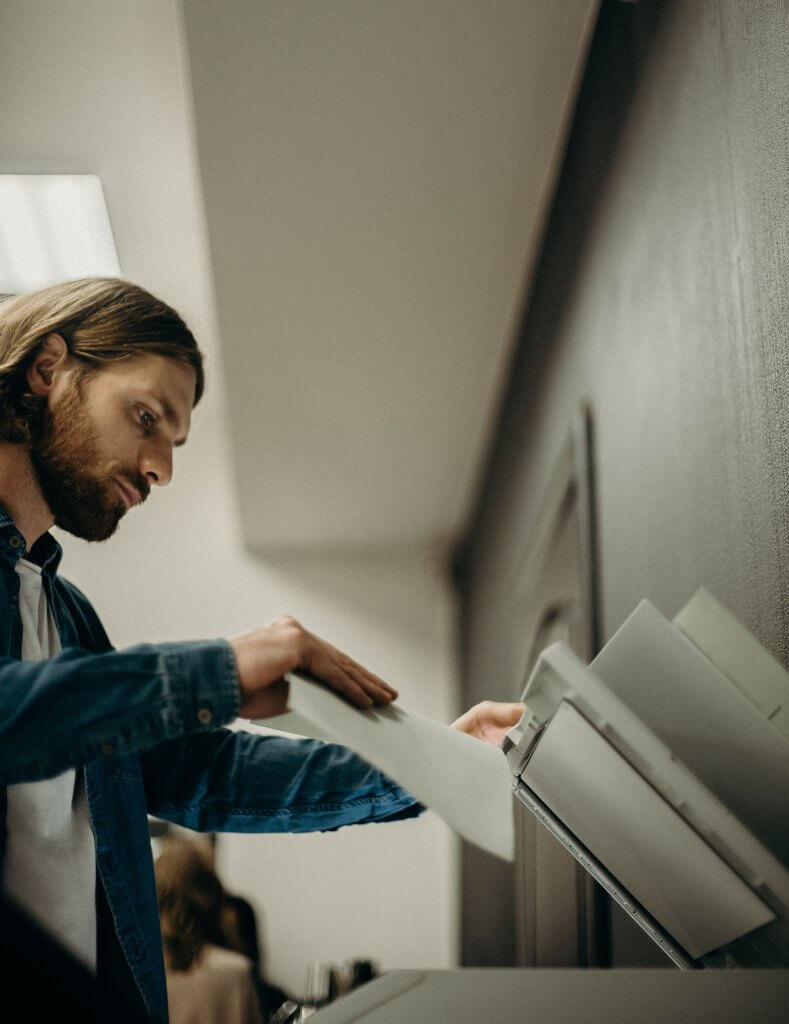

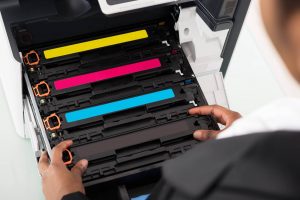

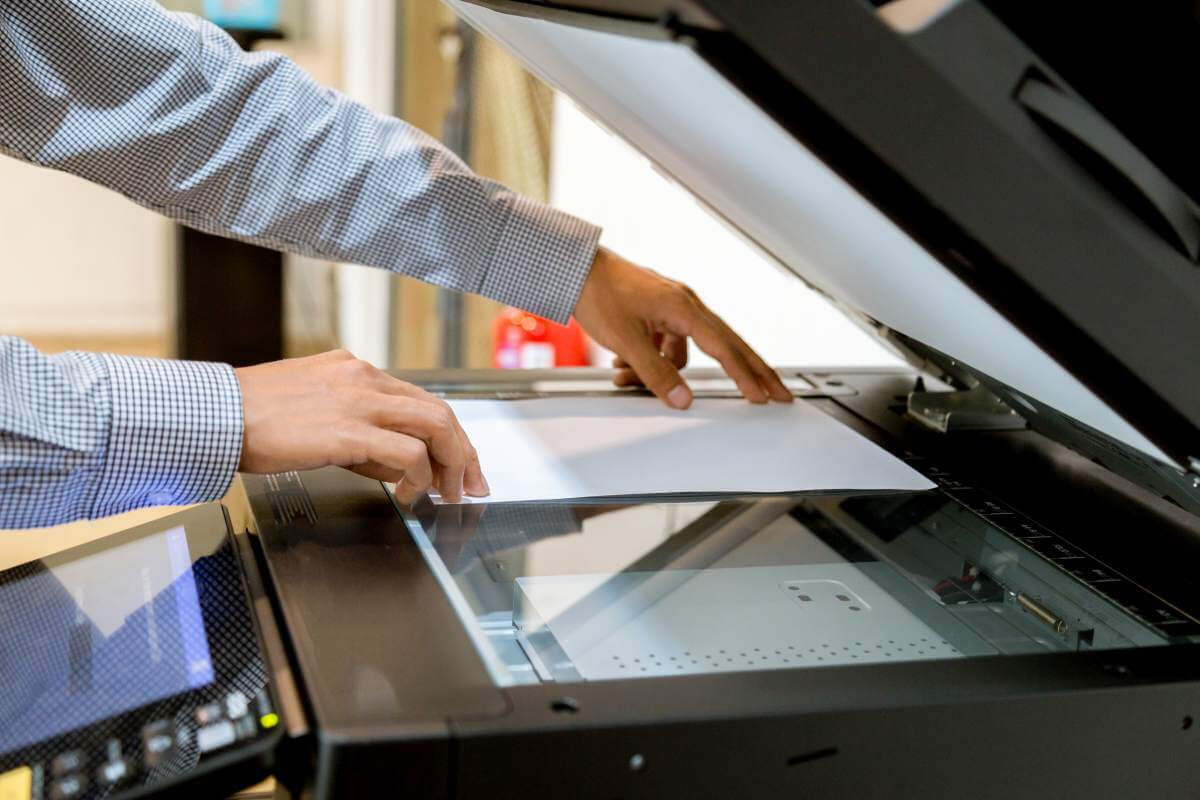
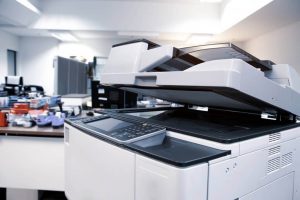
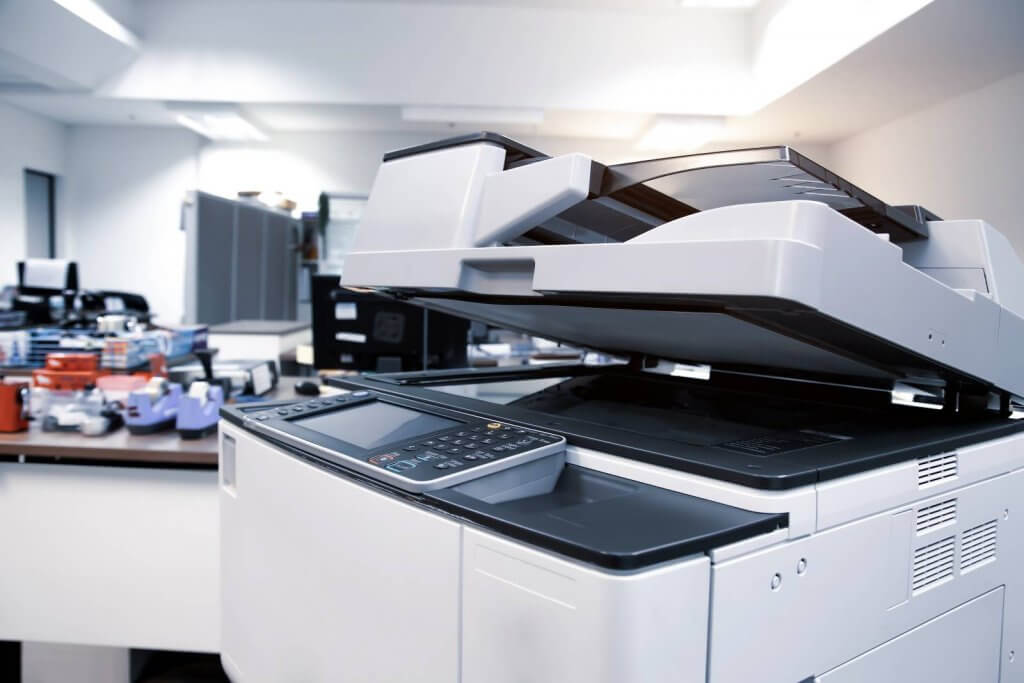
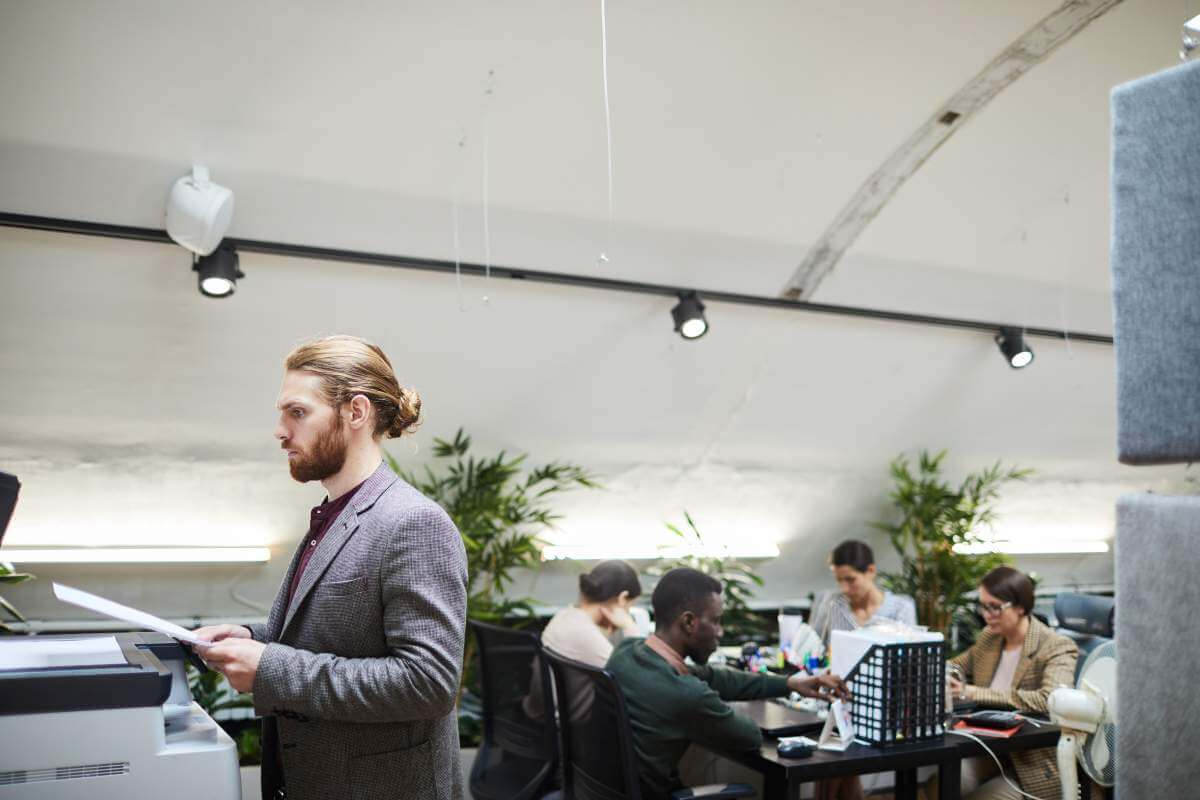
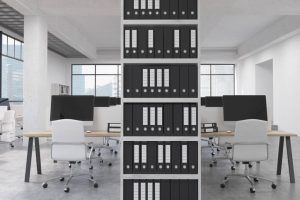
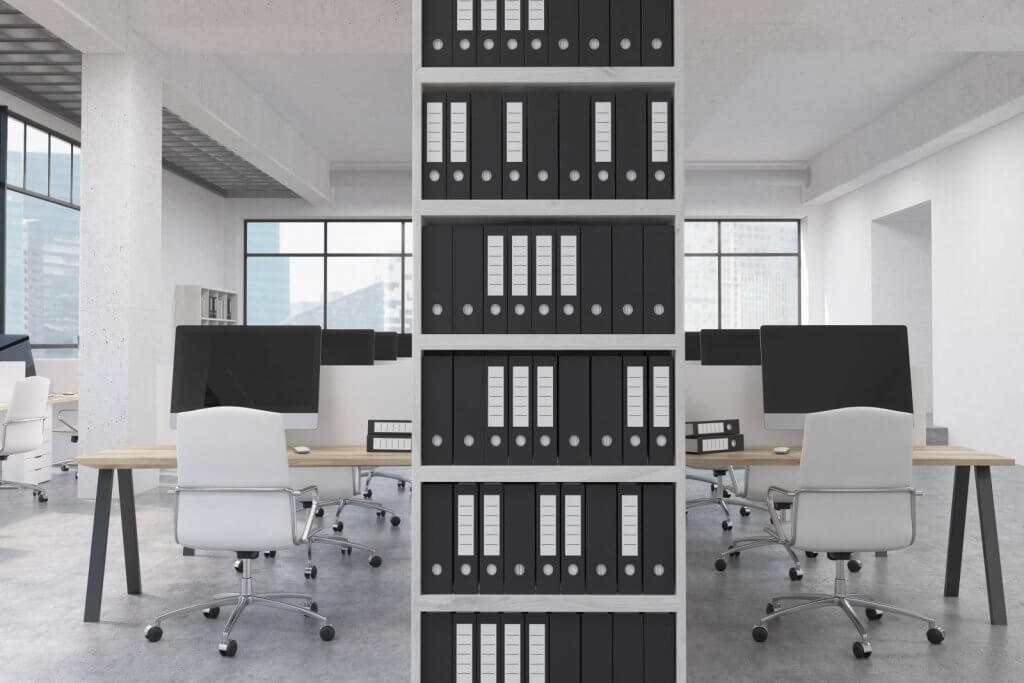
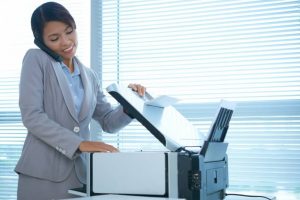
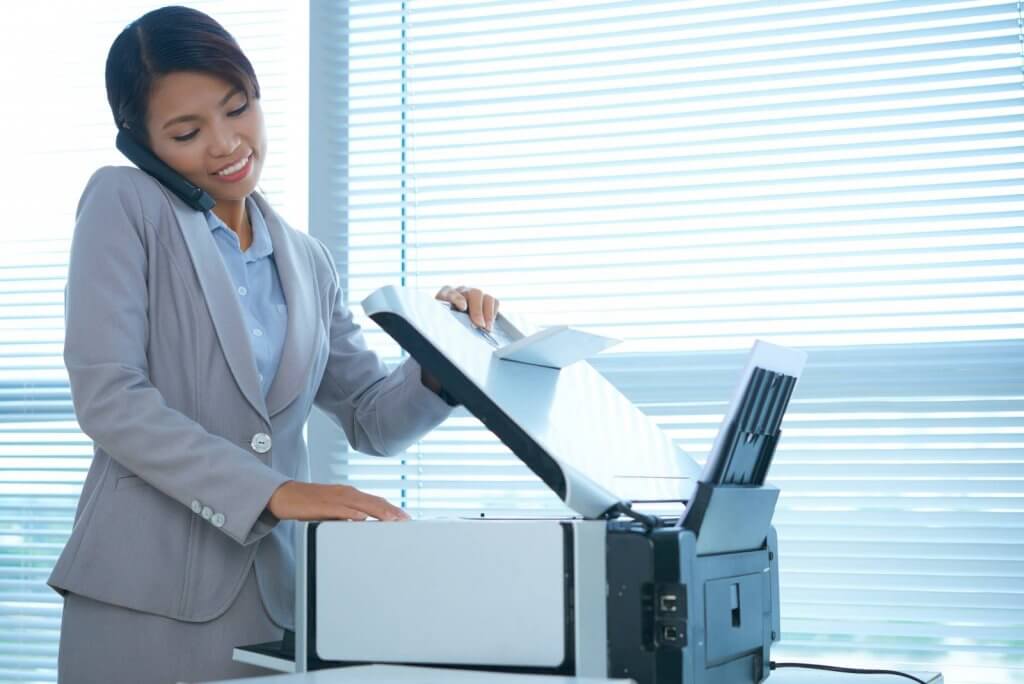
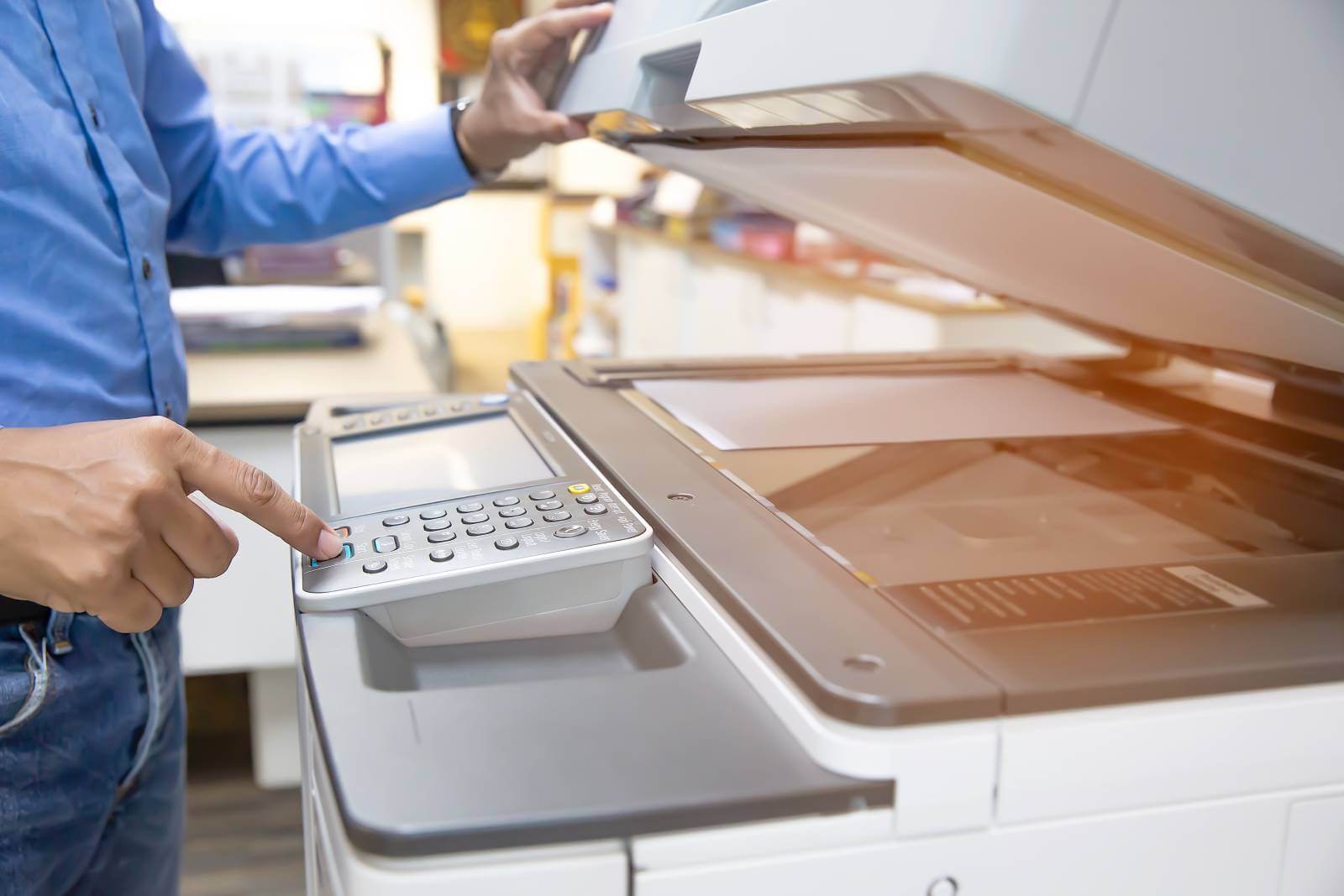

 Always Avoid the Trash Heap
Always Avoid the Trash Heap